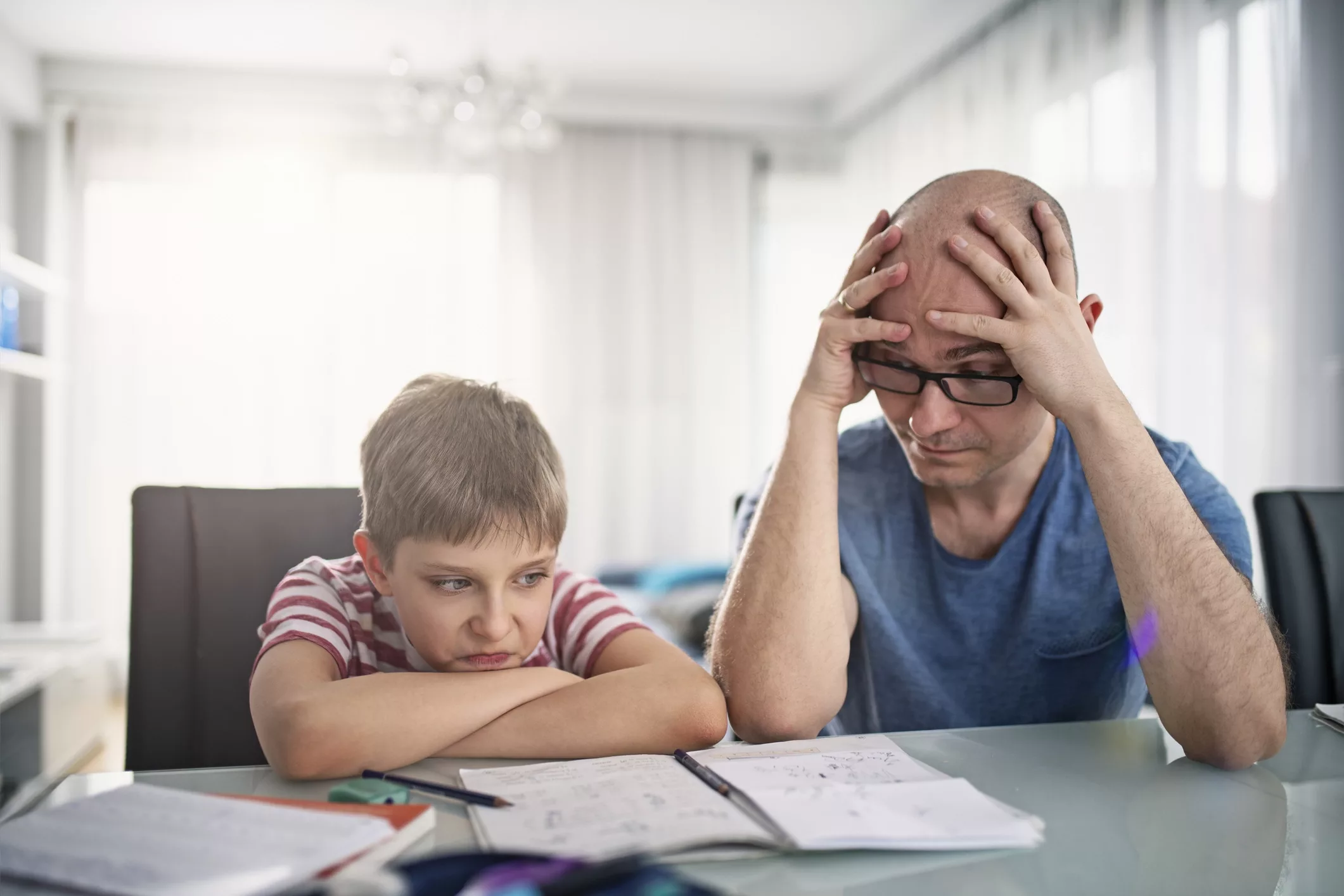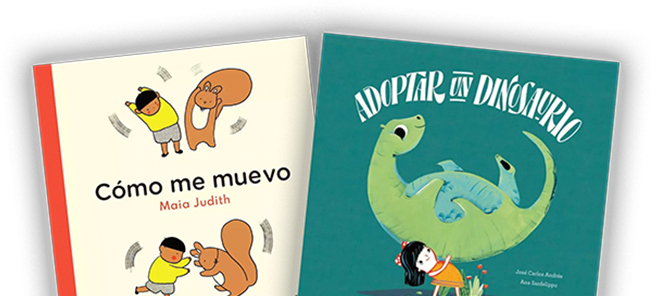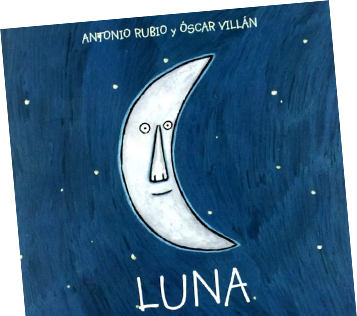
Teaching your child another language is a beautiful gift that will benefit them throughout their lives. Bilingual children are more emotionally aware, and show enhanced decision-making, problem-solving, and prioritization.
We teach our kids other languages so they can build a greater worldview. Languages help us understand other people more, and realize even when we don’t use the same words, we are all human.
You may think that teaching your child a second (or third!) language is too much of a challenge, especially if you don’t speak the target language natively. Luckily, this isn’t the case! Children are naturally more capable of subconsciously learning a language.
Their brains create neural networks much faster than adults’ during what is known as a “critical period.” As a result, you can take a breather and know that you’re already setting them up for success just by providing consistent, high-quality exposure.
Even if you aren’t fluent in more than one language, you can raise bilingual children. On your journey, here are some common mistakes to be aware of. If you spot any of these in your household, don’t panic. They’re easy to correct, and knowing about them will help you make your child’s learning experience better in the future!
Forcing a Learning Style on Them
Not all kids learn the same, and that’s okay. Some love to read Spanish children’s books, others prefer watching shows and listening to music as they have a little dance party. It doesn’t matter how your child learns — what matters is what they take away from every encounter with the language.
If you force kids to study Spanish in a way they hate, they’ll grow to avoid it altogether. They’ll associate the language with feelings of frustration, discomfort, annoyance, and boredom. These are things every human on the planet wants to avoid! That said, imagine being a child and being told by your parent you have to put up with these feelings to learn a language.
We believe that Spanish learning should be like the language itself — fun, colorful, and full of life. That’s why we share stories we know kids love. When it comes to their reading style, don’t be so picky about the model. Instead, let them set the pace for how they learn.
In the end, what really matters is that learning Spanish brings you closer together, and helps your child become a global reader.

Treating Language Learning Like Homework
Bilingualism should develop naturally. Long study sessions, quizzes, and even test-like questions demotivate learners. Instead of them thinking, “Oh, great, it’s time to study again,” you want to choose activities that make them see language learning time as something awesome.
The key takeaway here is that some days, your kids won’t want to practice a language. That’s okay. In these instances, consider offering alternatives that still build learning skills. For example, you could bake cookies together — but the recipe is in their target language.
Not Providing Enough Exposure to Native Voices
Bilingual kids learning Spanish (or any other language) need mother-tongue exposure. Native speakers have an intonation and pronunciation that even the most fluent second-language speakers can’t produce.
Audio books, age-appropriate Spanish songs, and watching dubbed TV shows are all great ways to boost their auditory exposure.
For the littlest learners, exposure to speakers is even more important as it helps boost their comprehensible input. Even though they’re still grasping the basics of human language, they’re developing a vocabulary and grammar knowledge base in two languages simultaneously. This means that when they grow, and their language abilities increase, they’ll be able to understand the spoken word much easier.

Expecting Immediate Results or Being Discouraged by Slow Progress
Bilingual kids all learn at different paces. One learner may be spouting off full sentences in a matter of months while another only tentatively answers yes or no questions when prompted. Just remember to trust the process and let things progress naturally.
Any learning is better than no learning at all. If you believe your child isn’t learning enough, consider possible reasons. Is there not enough language exposure? Are there large gaps of time without practice? Are they being forced to learn in a way they don’t enjoy?
Don’t be afraid to ask them, either! School-aged kids will be able to tell you why they don’t like something. Instead of arguing with the reason, respond in a way that respects their feelings. You could say something along the lines of, “I understand. That sounds frustrating. Thank you for telling me that. What do you think would make learning Spanish feel fun instead?”
Feeling Defeated by Your Child’s Resistance
It’s 100% natural for kids to prefer one language over another. They choose what’s familiar because it’s easier and more comfortable. If your family, friends, their teachers, and classmates all speak in English, then English will be their dominant language.
Understand that even if they may not always speak, they can still benefit from input. And the more input you give them, the more likely they are to start engaging. There are subtle ways you can increase their interest in the language, like gifting them some Spanish children’s books with illustrations that capture their attention. Or maybe you bring home a new stuffed animal and reveal that it only speaks their second language.

Overcorrecting Their Mistakes
Children look to their caregivers for a sense of security — even in themselves. Their earliest concepts of identity are built by the way people treat them. So, a child who is constantly corrected for pronunciation or grammar is likely to become highly self-conscious. Worse, they may even feel as though they’ve done something wrong.
When kids learn to fear mistakes, the easiest solution is to never try. This can affect other areas of their life as well, simply because they come to believe that correction and shame are intertwined. Instead, let some mistakes slide. They’re a natural part of the learning process, and kids will outgrow most of them as their knowledge expands.
--
Make raising a Spanish reader more joyful with Sol Book Box
At Sol Book Box, we want to make learning Spanish fun and easy for families. We encourage every parent teaching their child a new language to stay positive, be persistent, and learn at their child’s pace.
We make language accessible with diverse Spanish & bilingual children’s books that both kids and parents adore. Happy reading!




